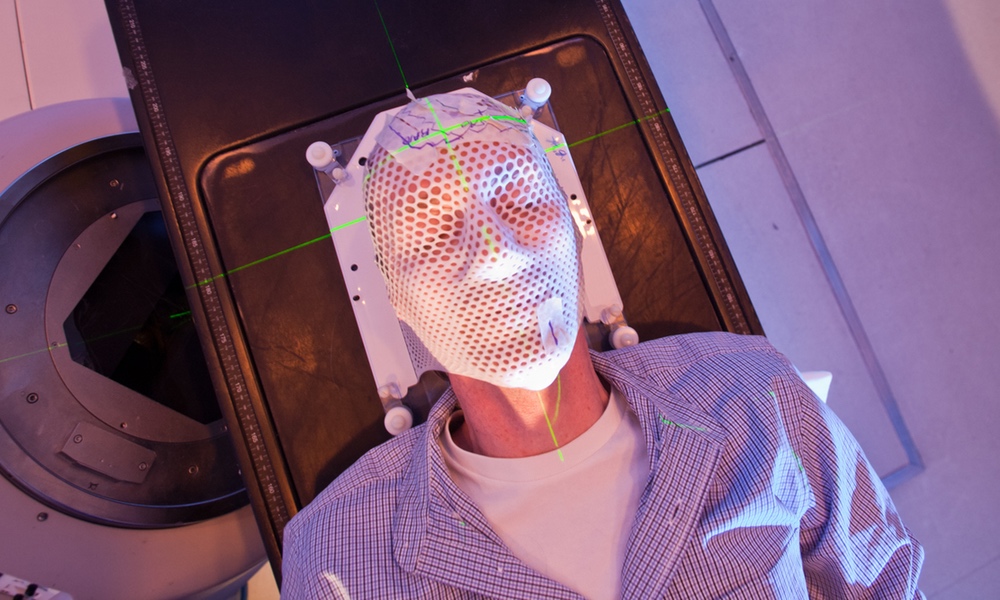About half of all cancer patients — around 650,000 people every year — receive some form of radiation or radiotherapy during their medical treatment. Radiation therapy uses high doses of x-rays to shrink tumors and damage or kill cancer cells. But the benefits of this kind of treatment are often undermined because radiation therapy isn’t always precise. The radiation treatments can damage healthy cells in the area surrounding the cancer cells. Now a new technique, developed by the University of Michigan (U-M), uses sound waves to avoid this issue.
“Once you start delivering radiation, the body is pretty much a black box,” Xueding Wang, the Jonathan Rubin Collegiate Professor of Biomedical Engineering, professor of radiology and corresponding author of the study, explained in a press statement. Wang also leads U-M’s Optical Imaging Laboratory. “We don’t know exactly where the x-rays are hitting inside the body, and we don’t know how much radiation we’re delivering to the target. And each body is different, so making predictions for both aspects is tricky.”
The new imaging process helps to clear up the mystery. With this method, medical professionals are able to map the radiation dose within the body, giving them important data that helps guide the radiation treatments more precisely and in real time. They do this by simply “listening.”Using ionizing radiation acoustic imaging to deliver radiation doses to cancer tumors with pinpoint accuracy.
A transducer is an electronic device that converts energy from one form to another; the electrical signal is then turned into a usable direct current or voltage that is easily measured. Some examples of transducers include microphones and loudspeakers. The amplified signal is then transferred into an ultrasound device for image reconstruction. When the images created by soundwaves are made available, medical professionals can alter the level, or trajectory of radiation, to ensure safer and more effective treatments.
This pioneering method will bring radiation therapy into precise focus. “In the future, we could use the imaging information to compensate for uncertainties that arise from positioning, organ motion and anatomical variation during radiation therapy,” said Wei Zhang, a research investigator in biomedical engineering and the study’s first author. “That would allow us to deliver the dose to the cancer tumor with pinpoint accuracy.”
The research was supported by the National Cancer Institute and the Michigan Institute for Clinical and Health Research. The University of Michigan has applied for patent protection and is seeking partners to bring the technology to market.
The study is published in Nature Biotechnology.





